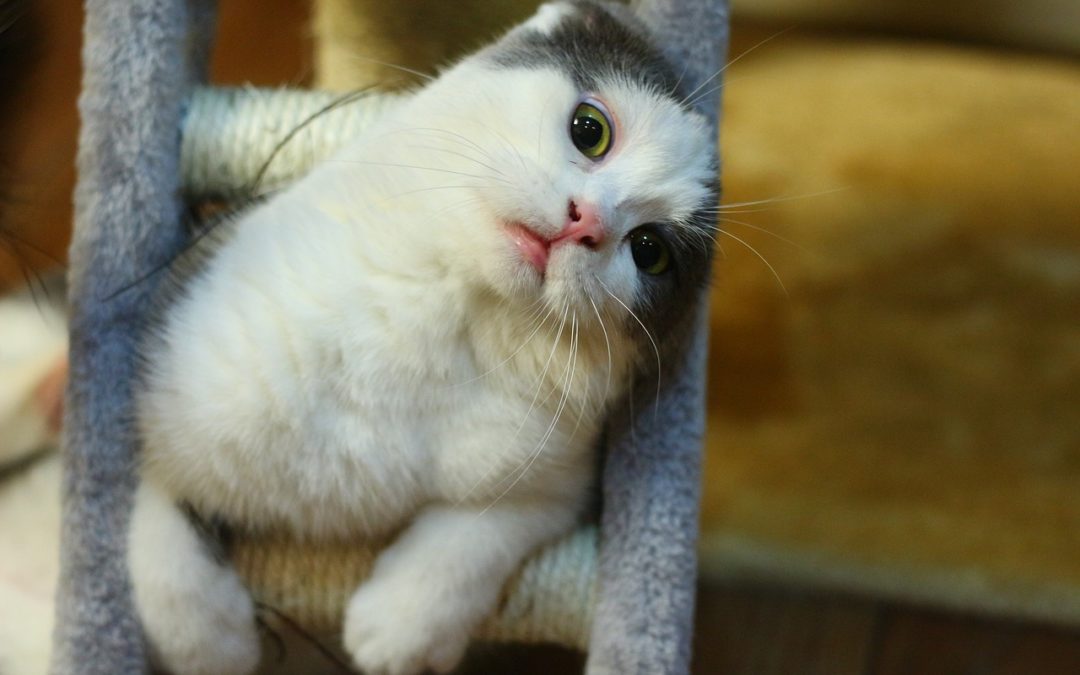If only our cats could talk! It would be nice to ask what’s wrong, how their day was, or just understand what all the meowing is about. Unfortunately, we’re left guessing. And that means we need to recognize the signs when something is wrong or they’re in pain.
International veterinary scientists have therefore come together and identified behavioural signs displayed by cats which could indicate that they are suffering pain.
The expert consensus, led by Dr Isabella Merola and Professor Daniel Mills from the University of Lincoln, UK, supported by cat charity Feline Friends (Derbyshire), represents the first list of its kind to be agreed by a panel of veterinary experts in feline medicine.
The research, published by scientific journal PLOS ONE, involved prominent academics and clinical practitioners from across the globe with specialisms including internal medicine, anaesthesiology, oncology, dentistry, behaviour, dermatology, ophthalmology and neurology.
The list they have created could now help cat owners and veterinary practitioners to spot important signs that the animals are in pain and ultimately reduce suffering by leading to faster diagnosis of problems and illnesses.
The aim of the study was to collect and classify expert opinion on the possible behavioural signs in cats that denoted pain. These signs were classified as either ‘sufficient’ (their presence indicated that the cat is pain) or ‘necessary’ (the signs must be present to conclude that the cat is in pain) for pain assessment in cats.
By repeating a process of behaviour analysis and selection, their work revealed 25 key ‘sufficient’ signs, such as an absence of grooming, hunched-up posture, avoiding bright areas, change in feeding behaviour and difficulty to jump, which all infer pain, but no ‘necessary’ signs. These results highlight that being able to evaluate a set of behaviours will be much more reliable than looking out for one single symptom.
Professor Daniel Mills, Professor of Veterinary Behavioural Medicine at the University of Lincoln’s School of Life Sciences, said: “Both owners and veterinarians are clearly able to recognise many behavioural changes in cats which relate to pain. However, owners may not always recognise the clinical relevance of what they see. For example, they may view the changes as an inevitable part of natural ageing and not report them to the vet as a concern, or at least not until the behaviours become quite severe. We hope that having an agreed list of more objective criteria, which relates to specific signs of pain, could improve the ability of both owners and vets to recognise it.
“Throughout the study, we consulted a variety of international experts so that we could be sure the signs were universal indicators of pain. By creating this core set of signs, we lay the foundation for future studies into the early detection of pain in cats, using scales which are crucially based on natural, non-invasive, observations.”
Signs Your Cat May Be in Pain:
- Avoiding bright areas/photophobia
- Blepharospasms
- Change in dietary preference (e.g preferring soft or other specific food)
- Change in form of feeding behaviour (e.g. gulping food, eating on one side)
- Change in rate of eating—more quickly or more slowly
- Furrowed brow
- Hunched up posture (when standing or moving)
- Hypersalivation
- Increase respiratory rate
- Licking or biting a particular body region or damaged area
- Lips drawn down, back
- Low-grade tail twitching
- Lowered head posture
- Reluctance to move
- Rolling skin syndrome
- Shifting of weight
- Straining to urinate
- Tail Flicking
- Teeth grinding
- Tension around the eyes and muzzle
- Trembling or shivering
- Vocalizing when yawning
- Vocalizing while eating
- Vomiting
If you notice any of these behaviours in your cat, please contact our office immediately.




